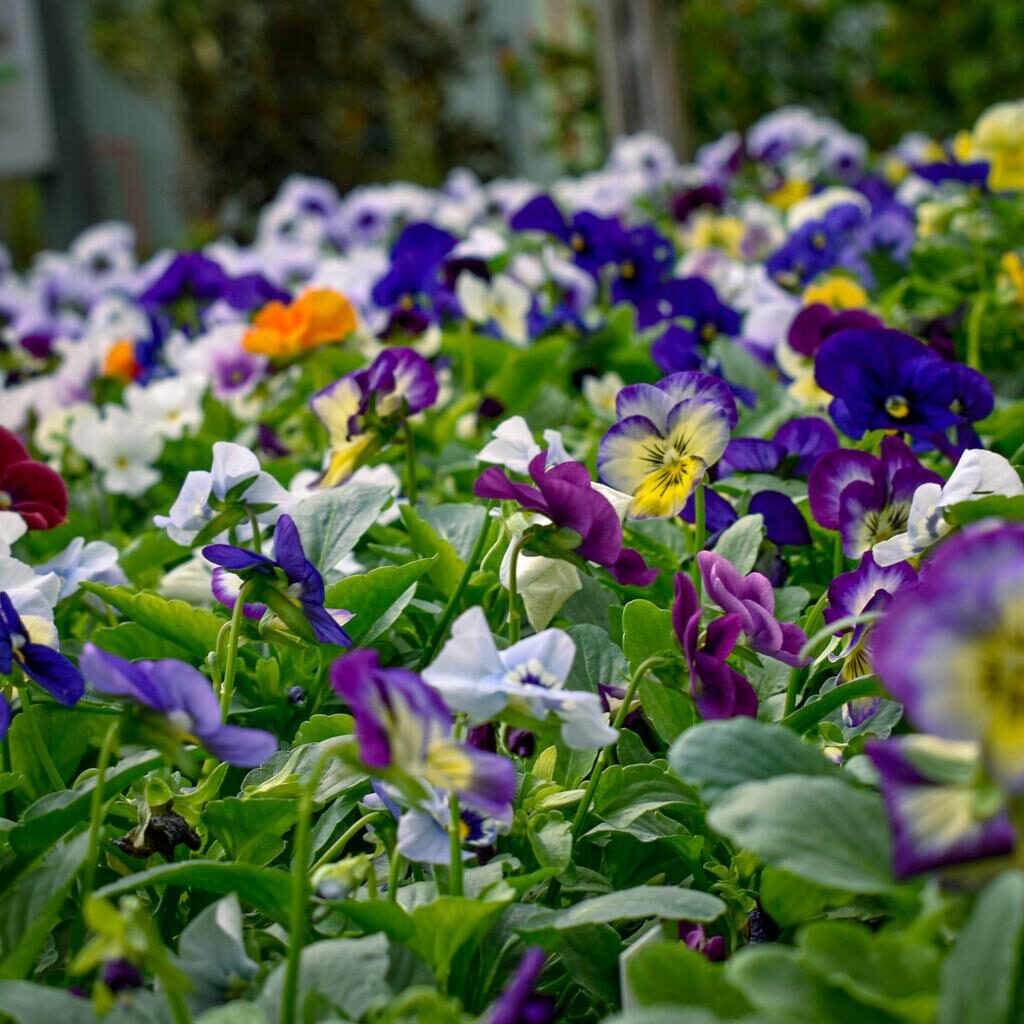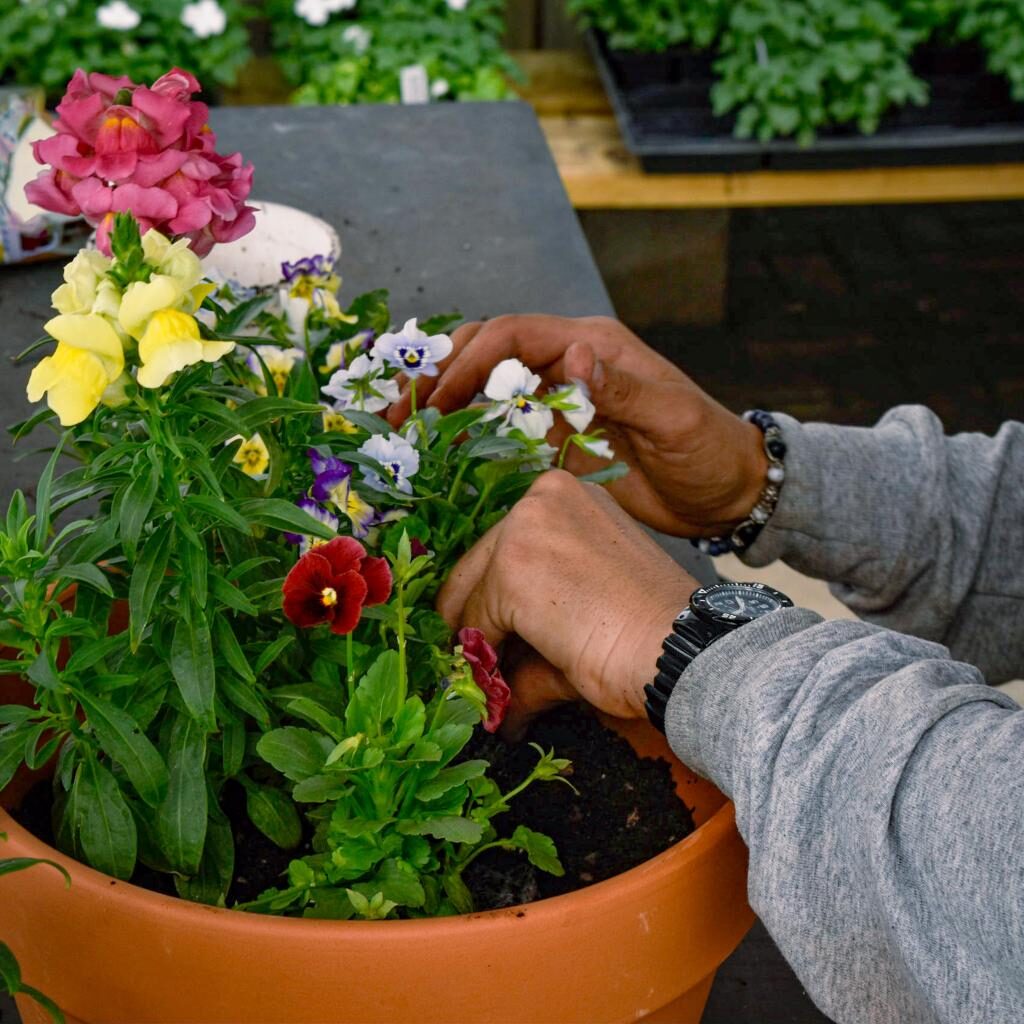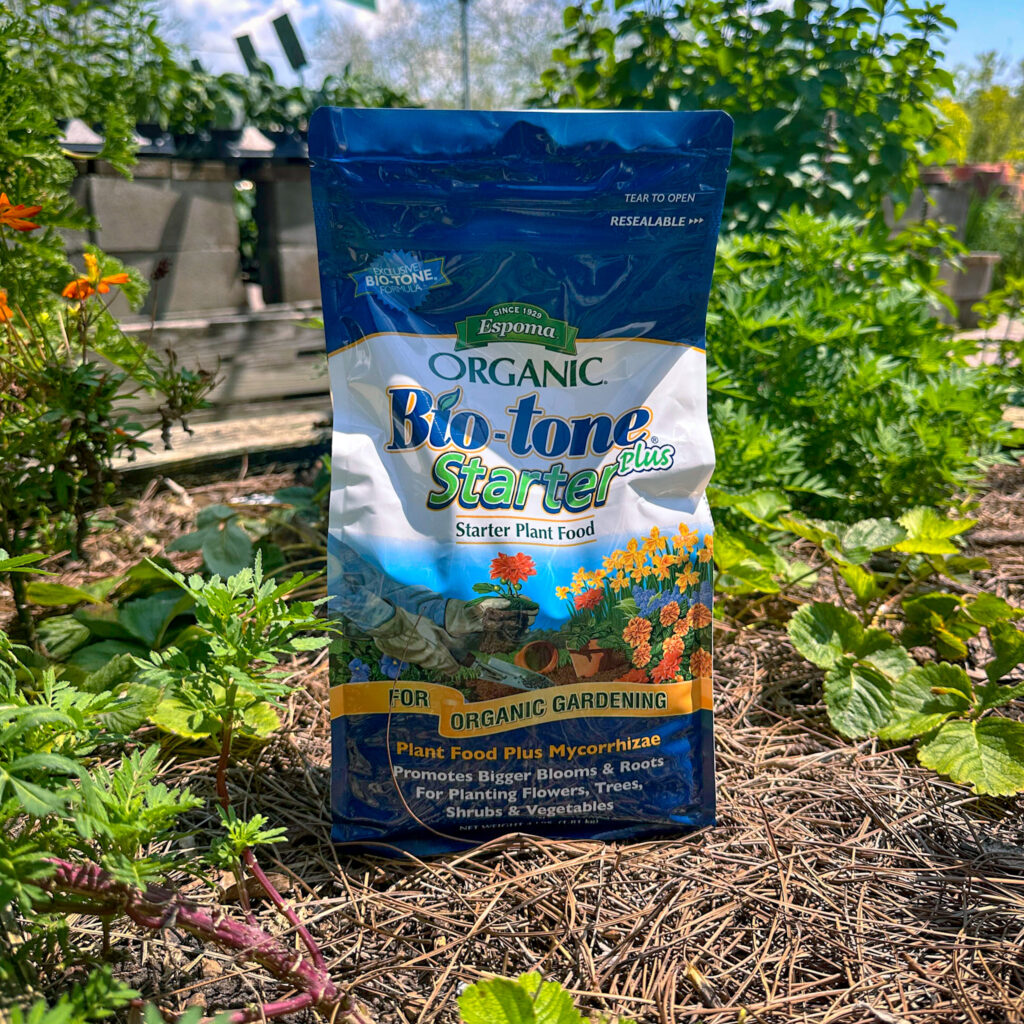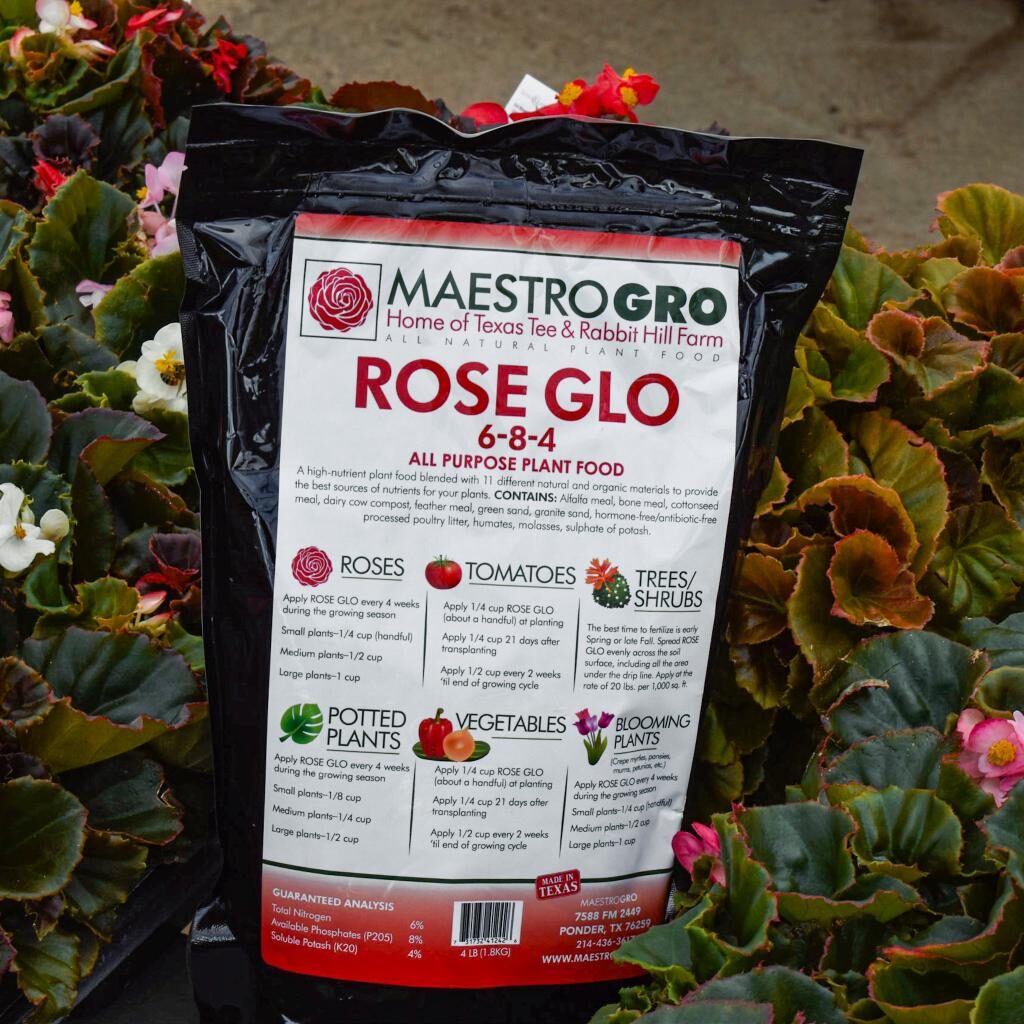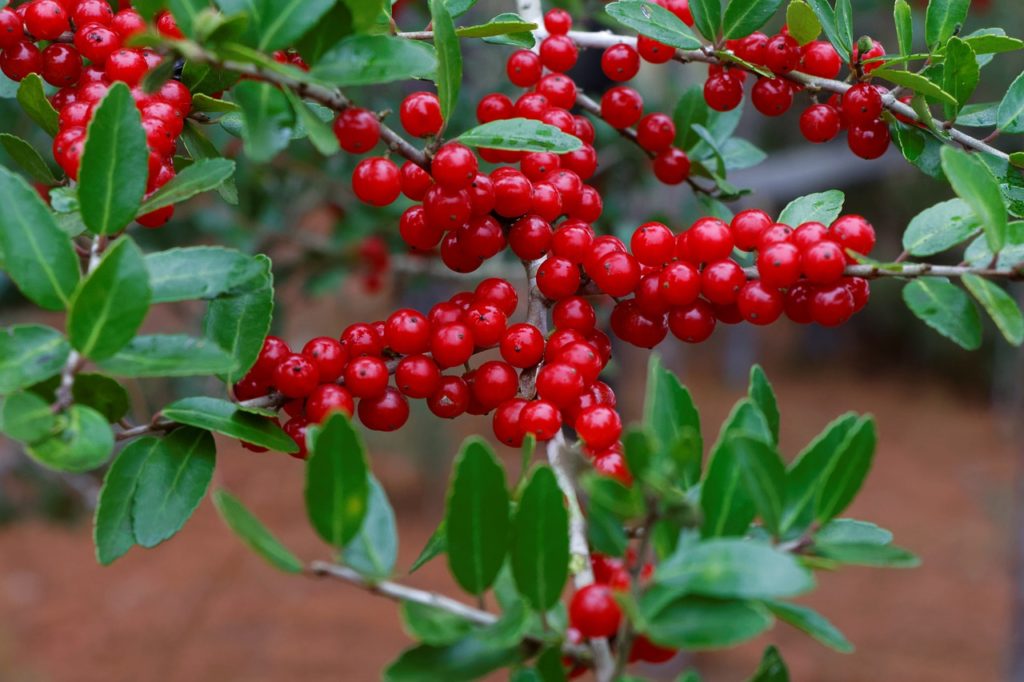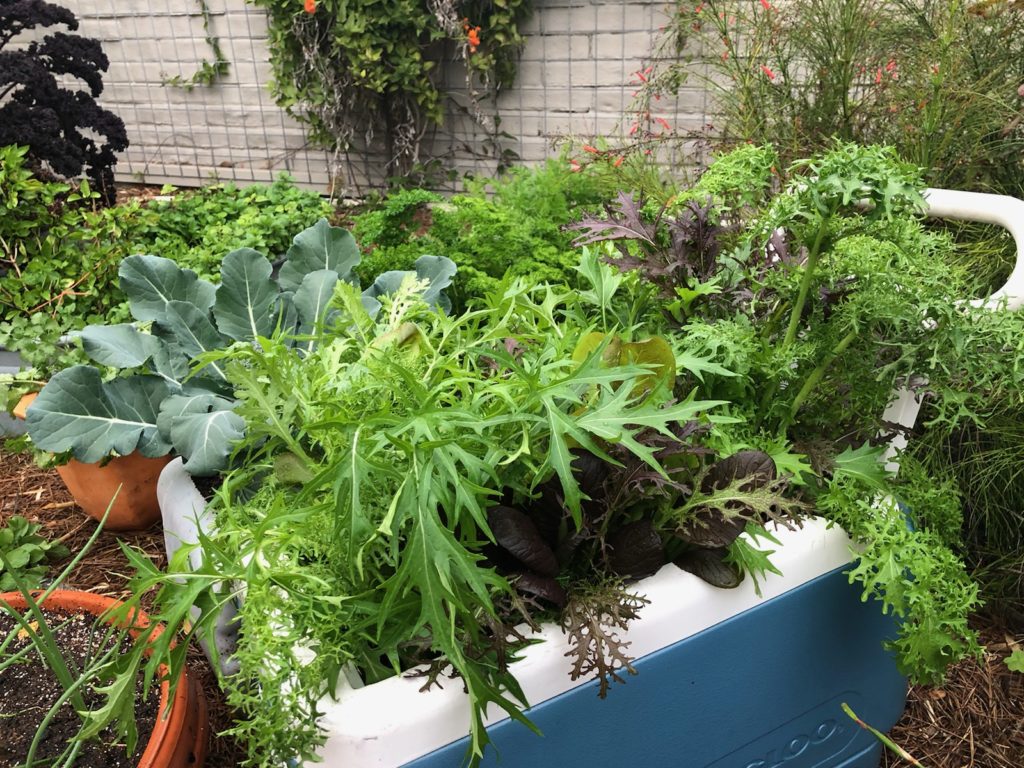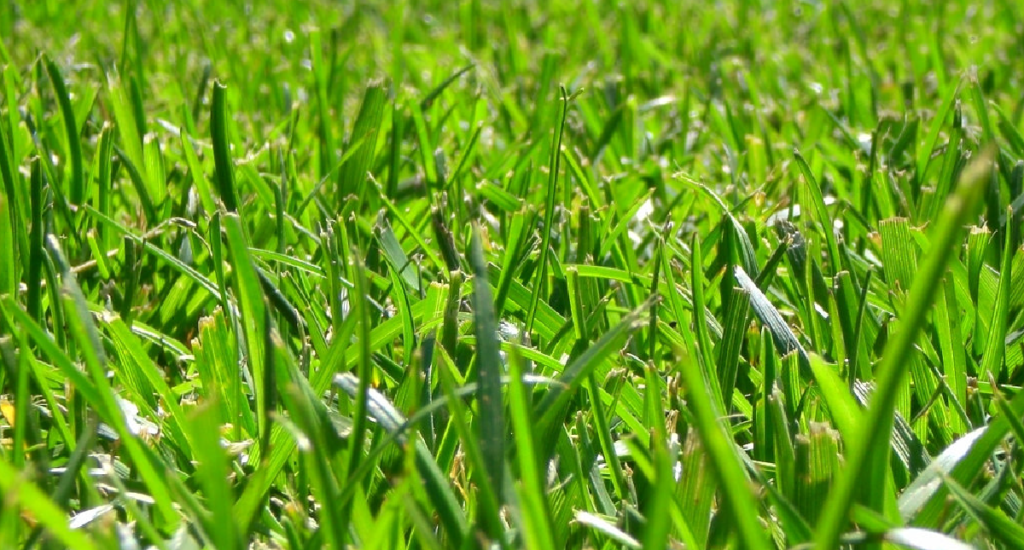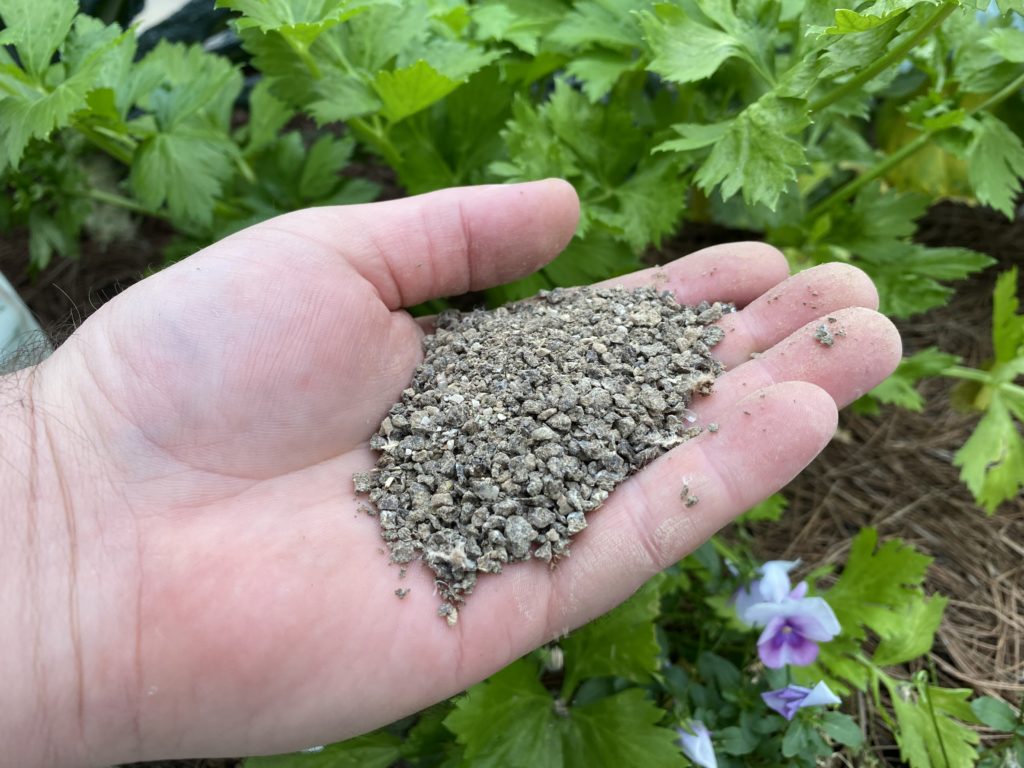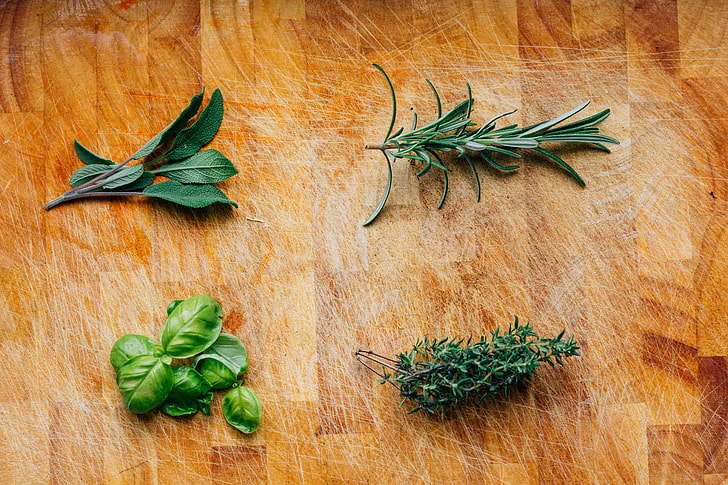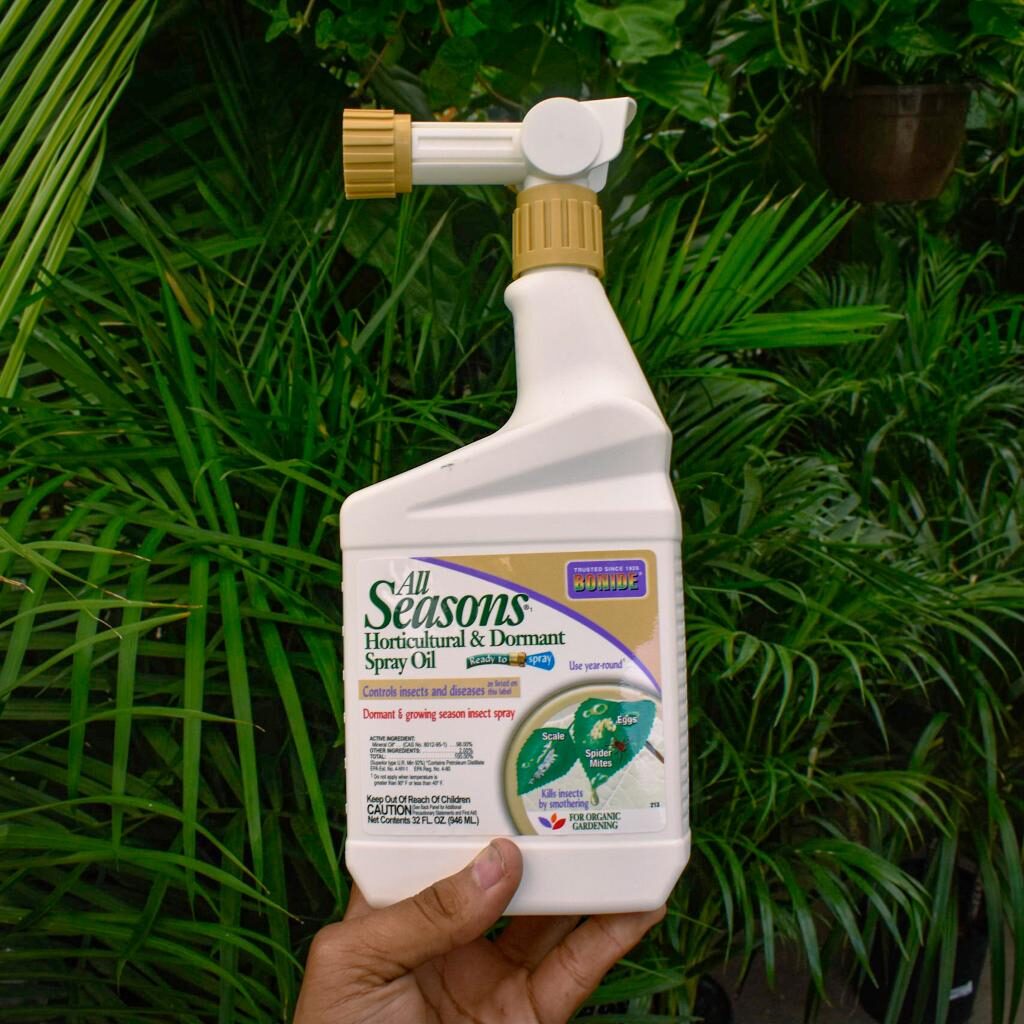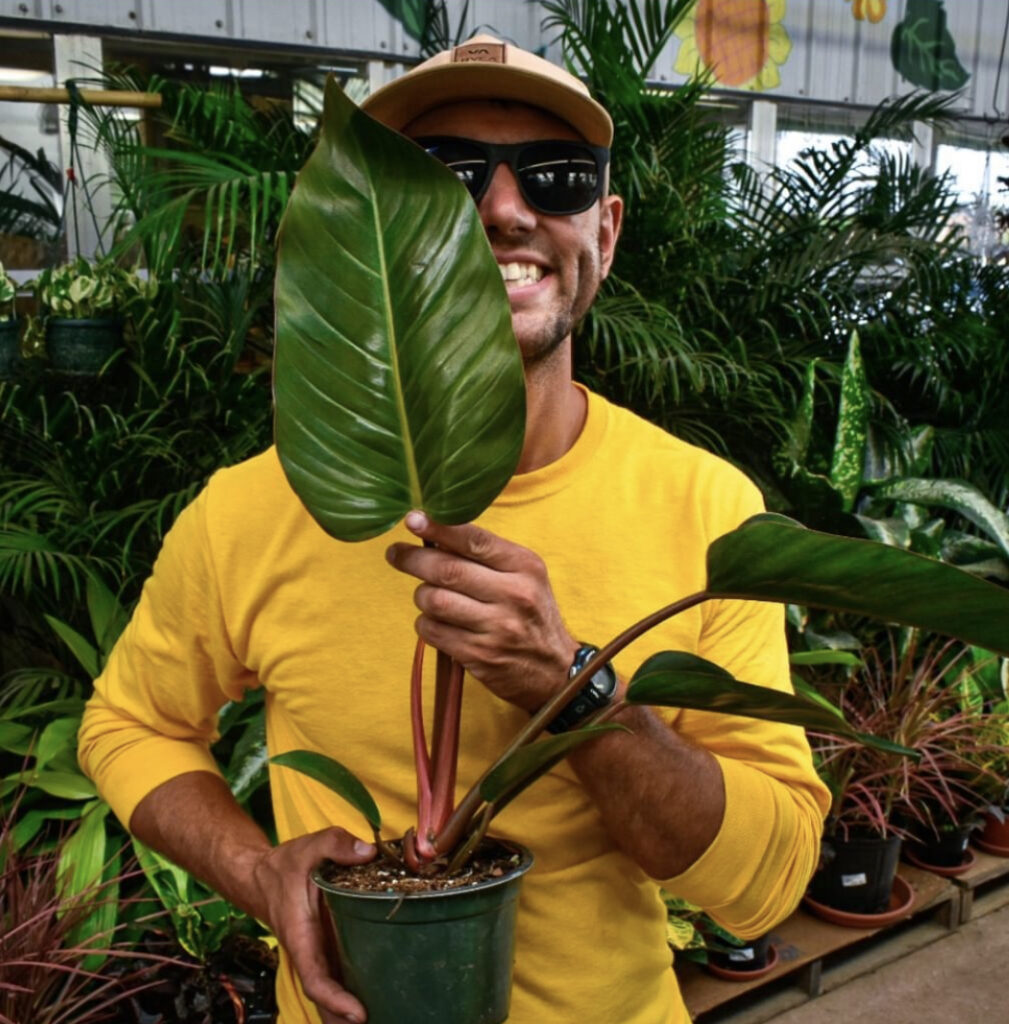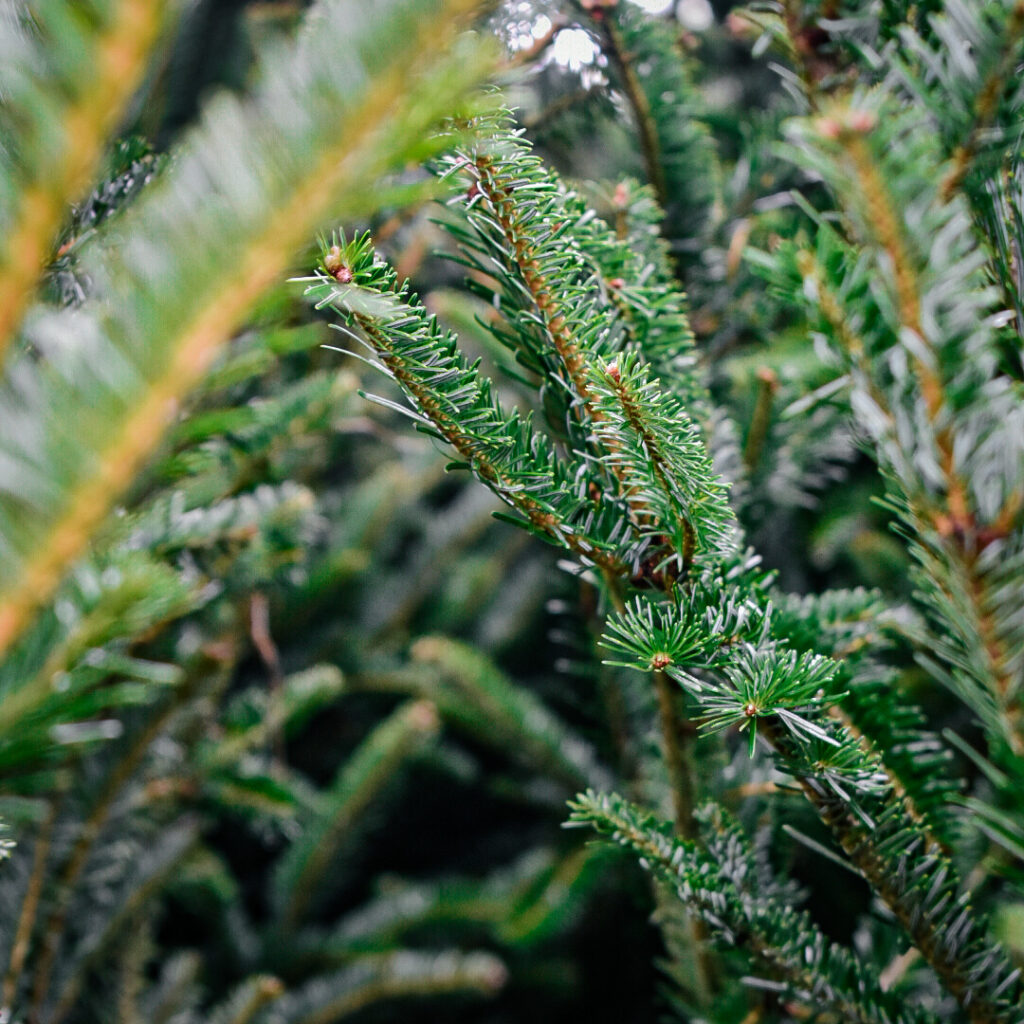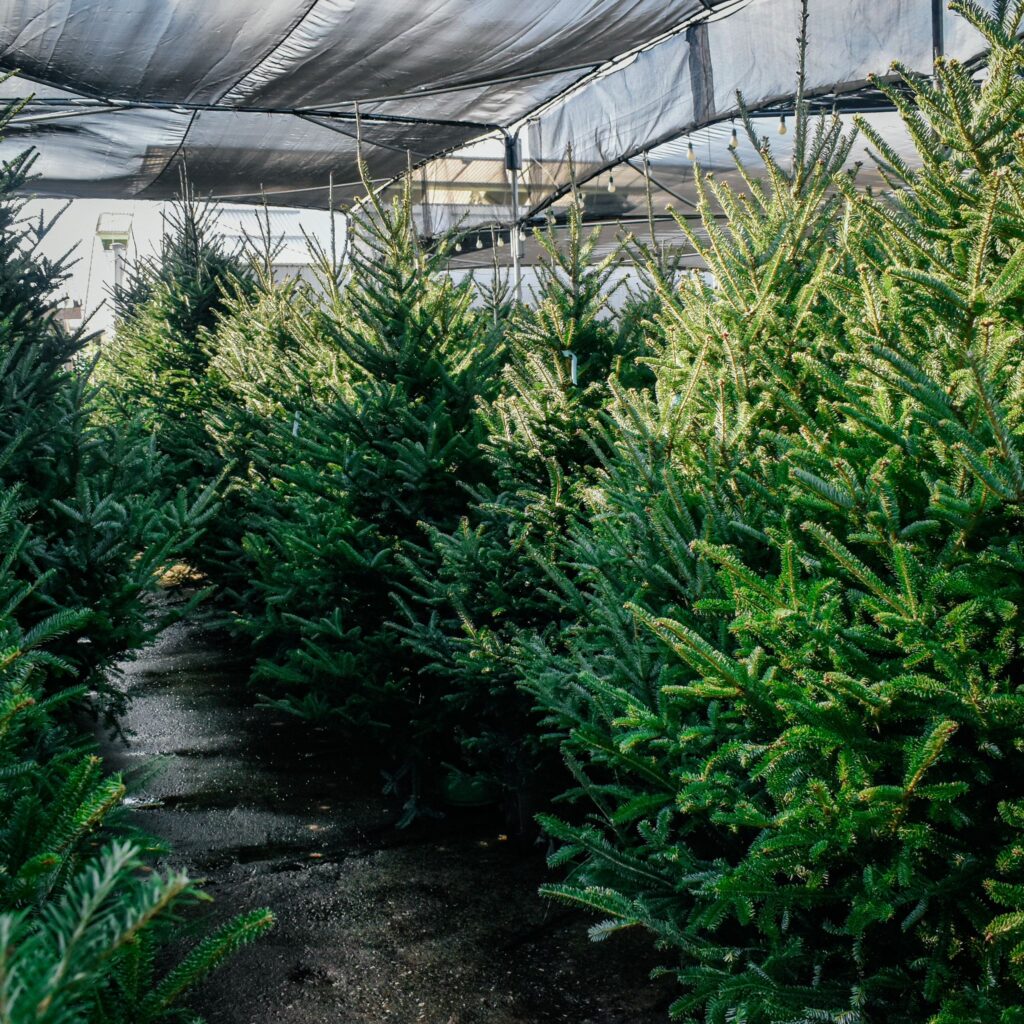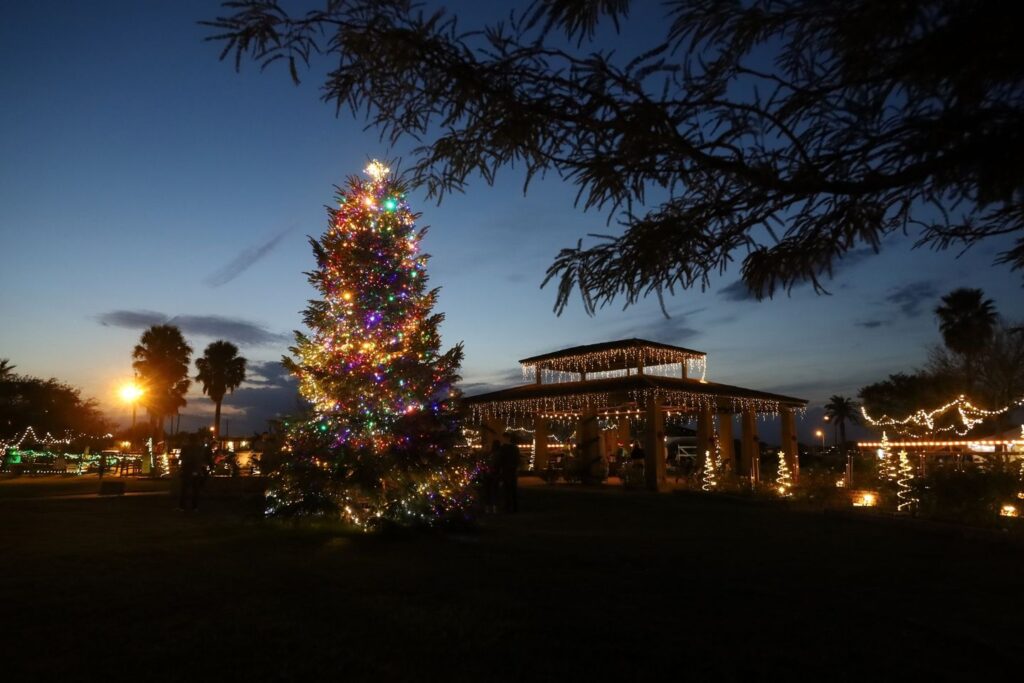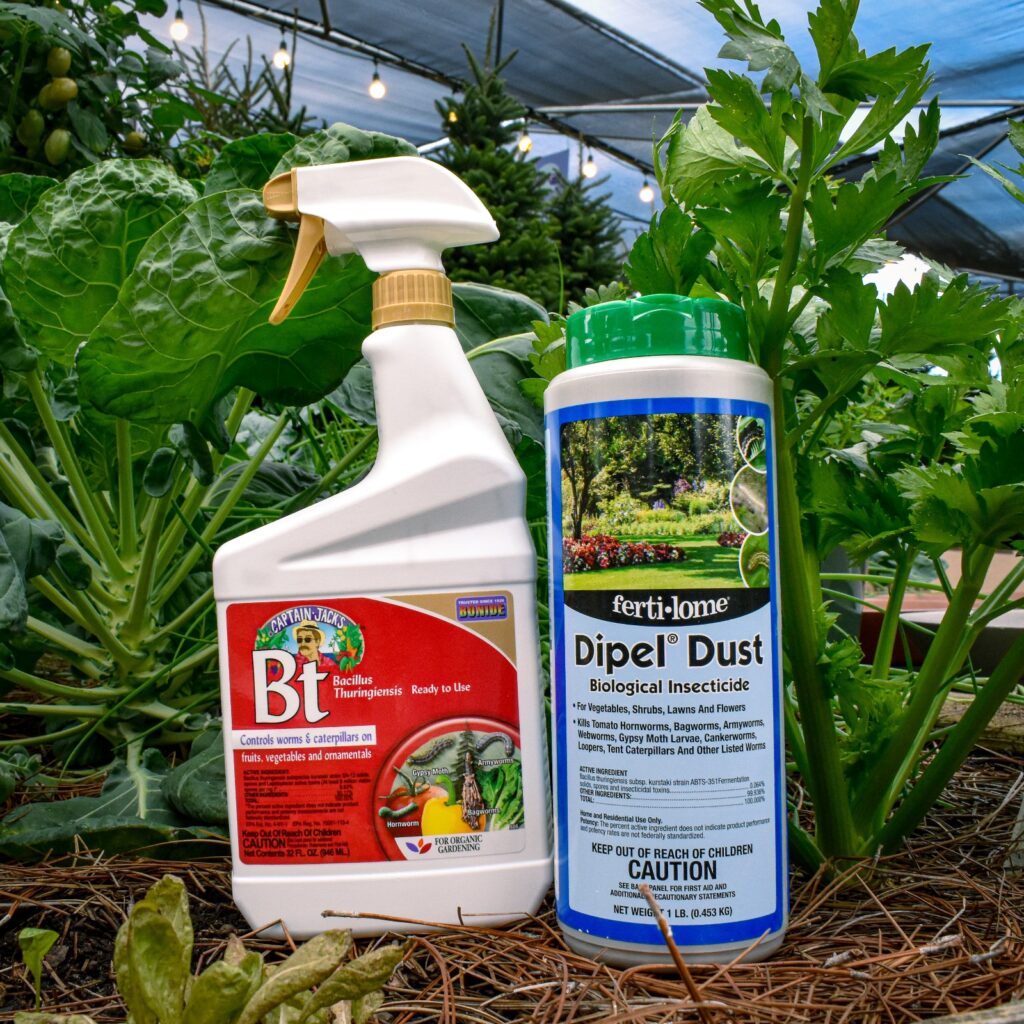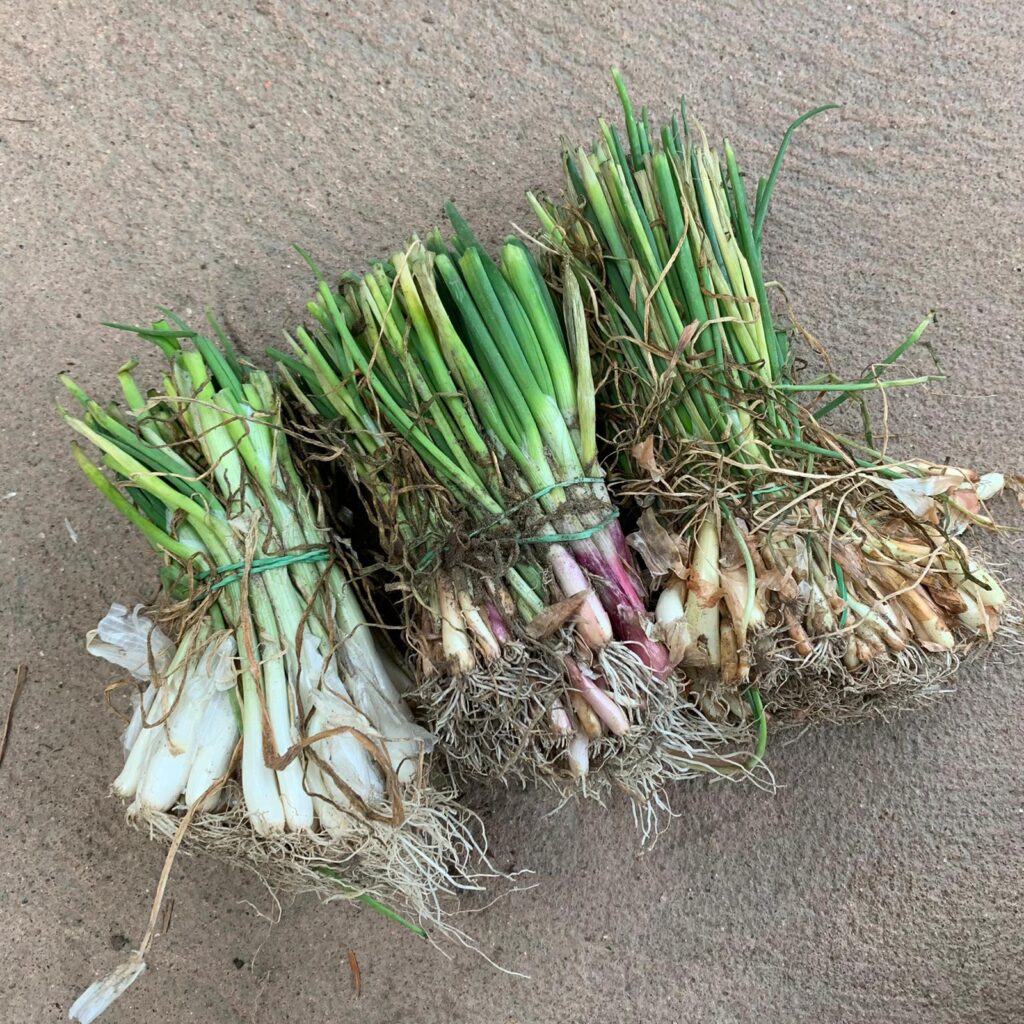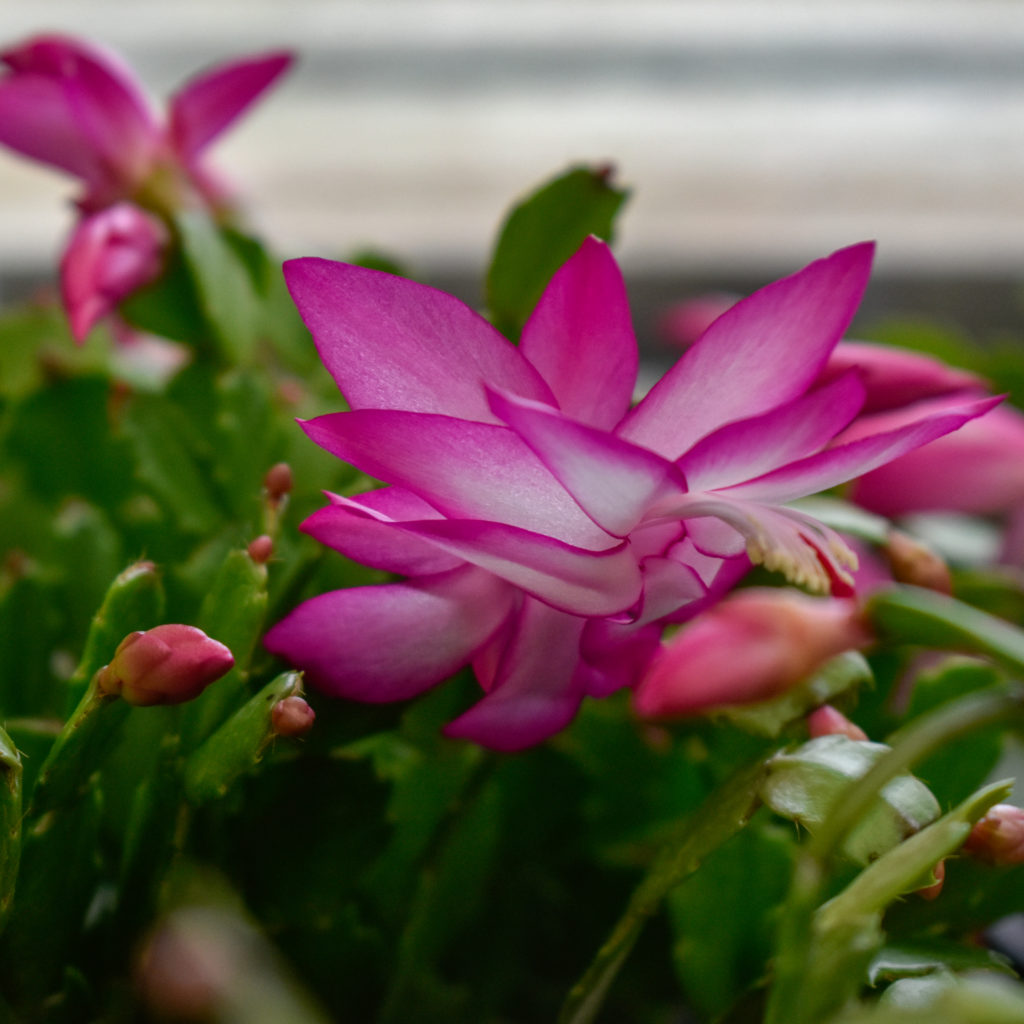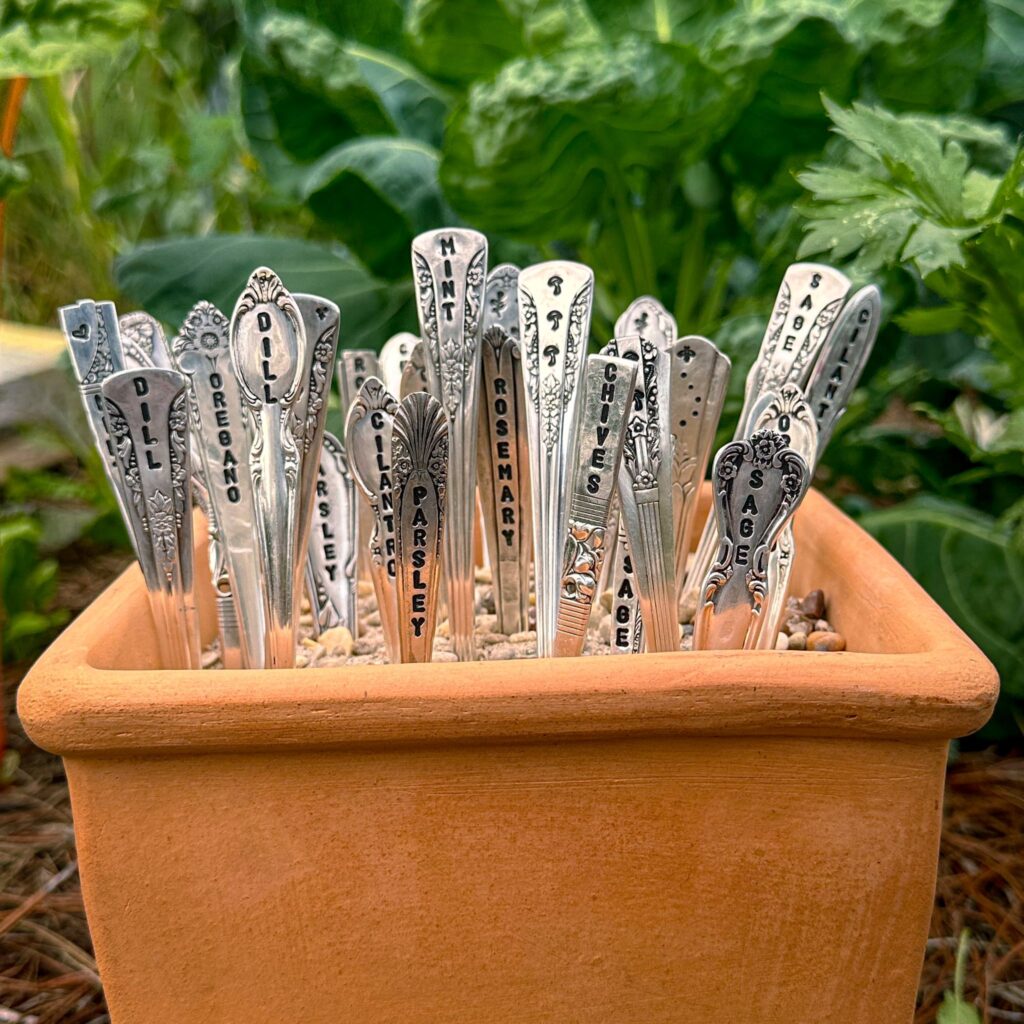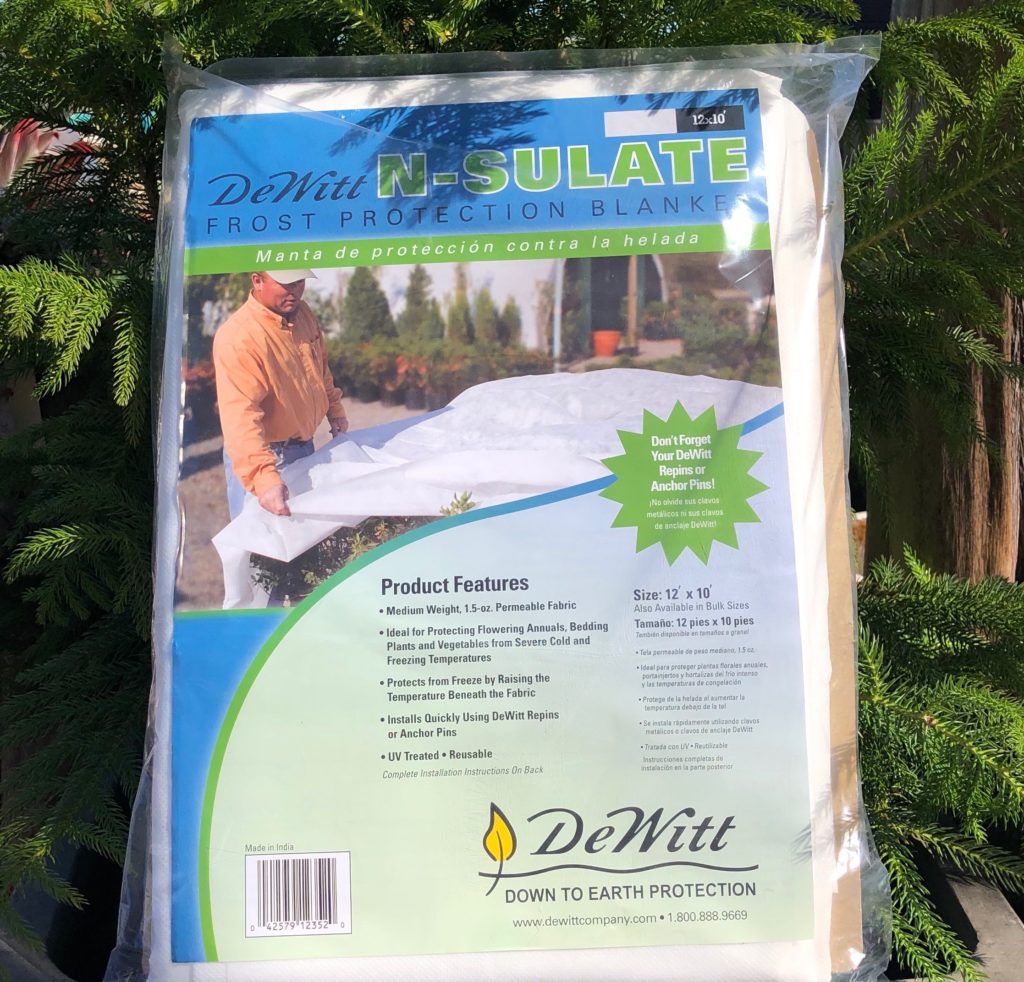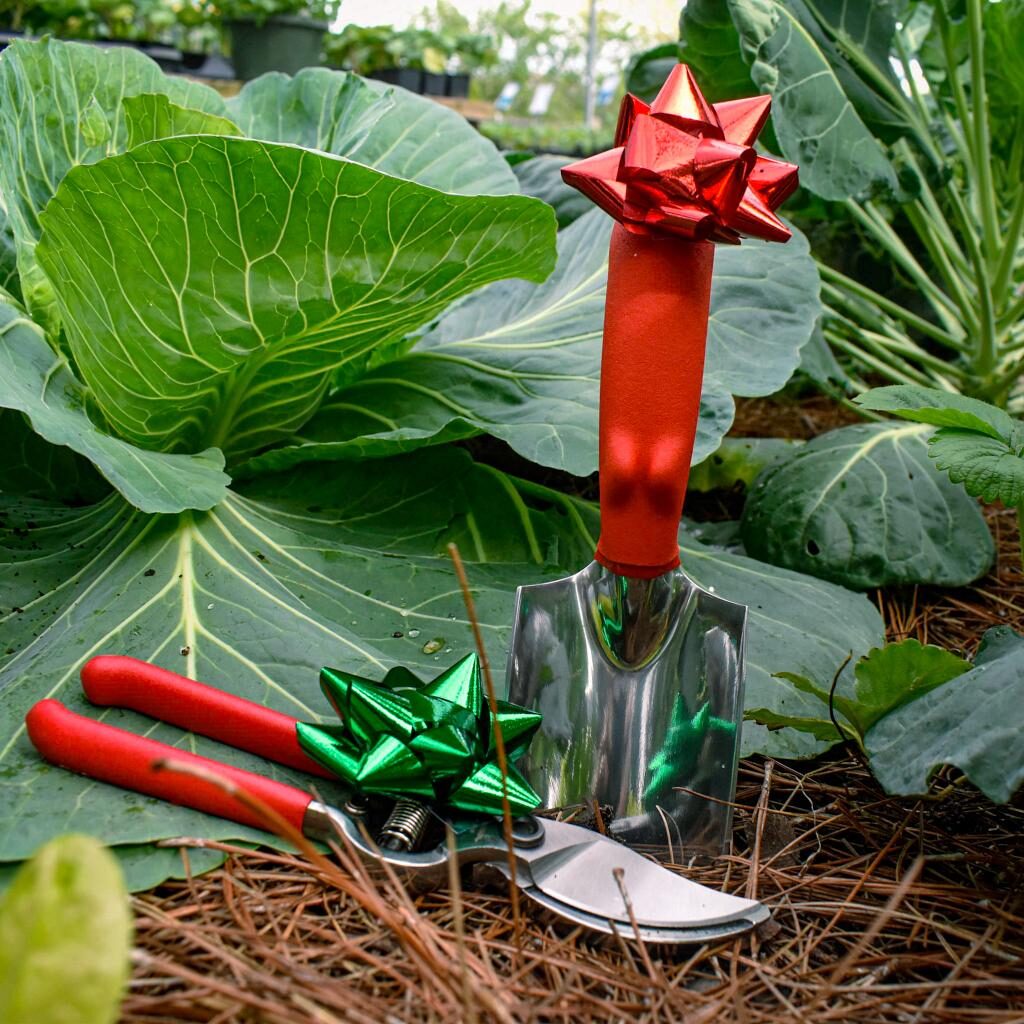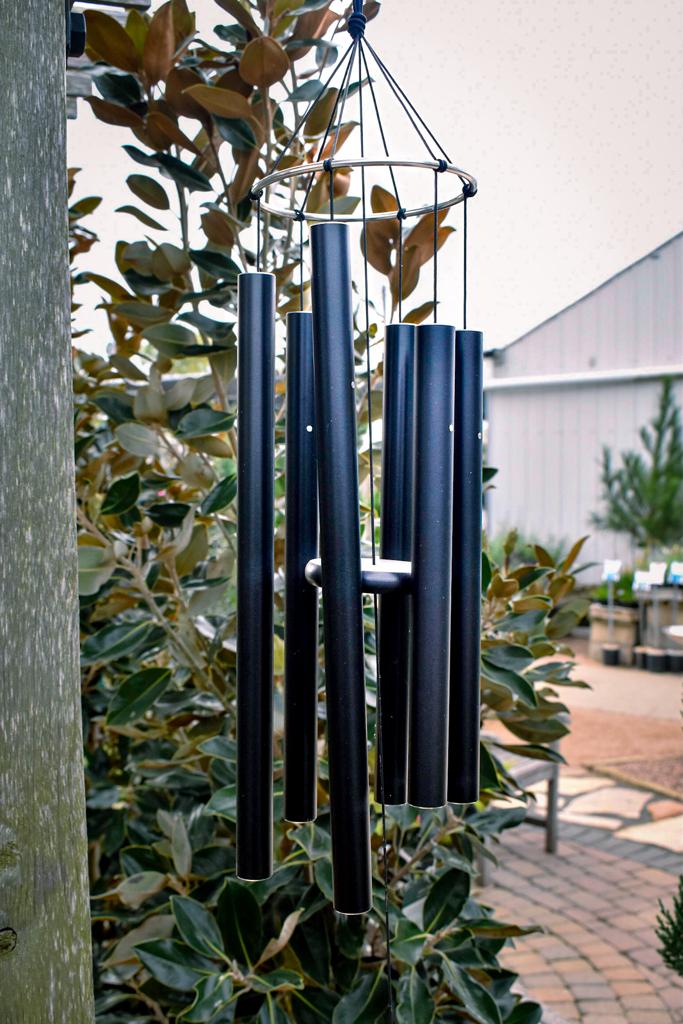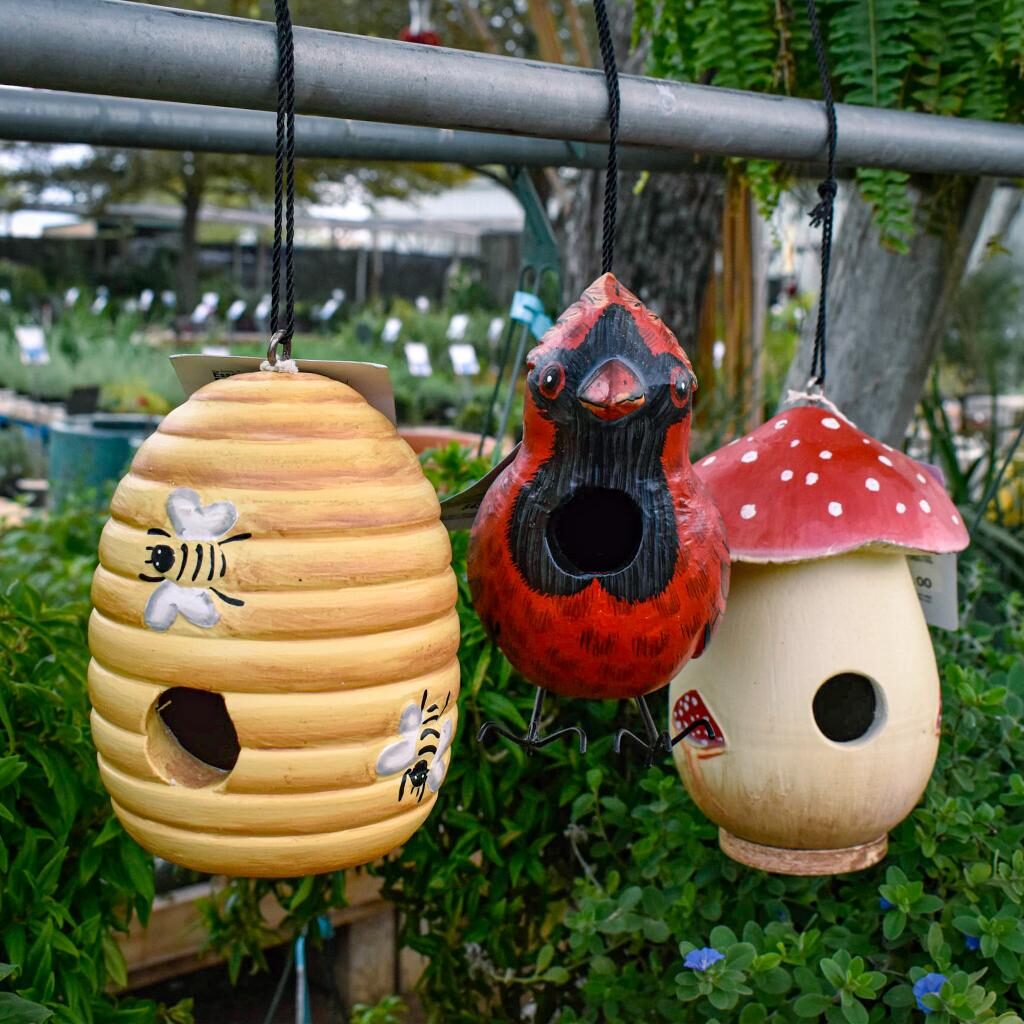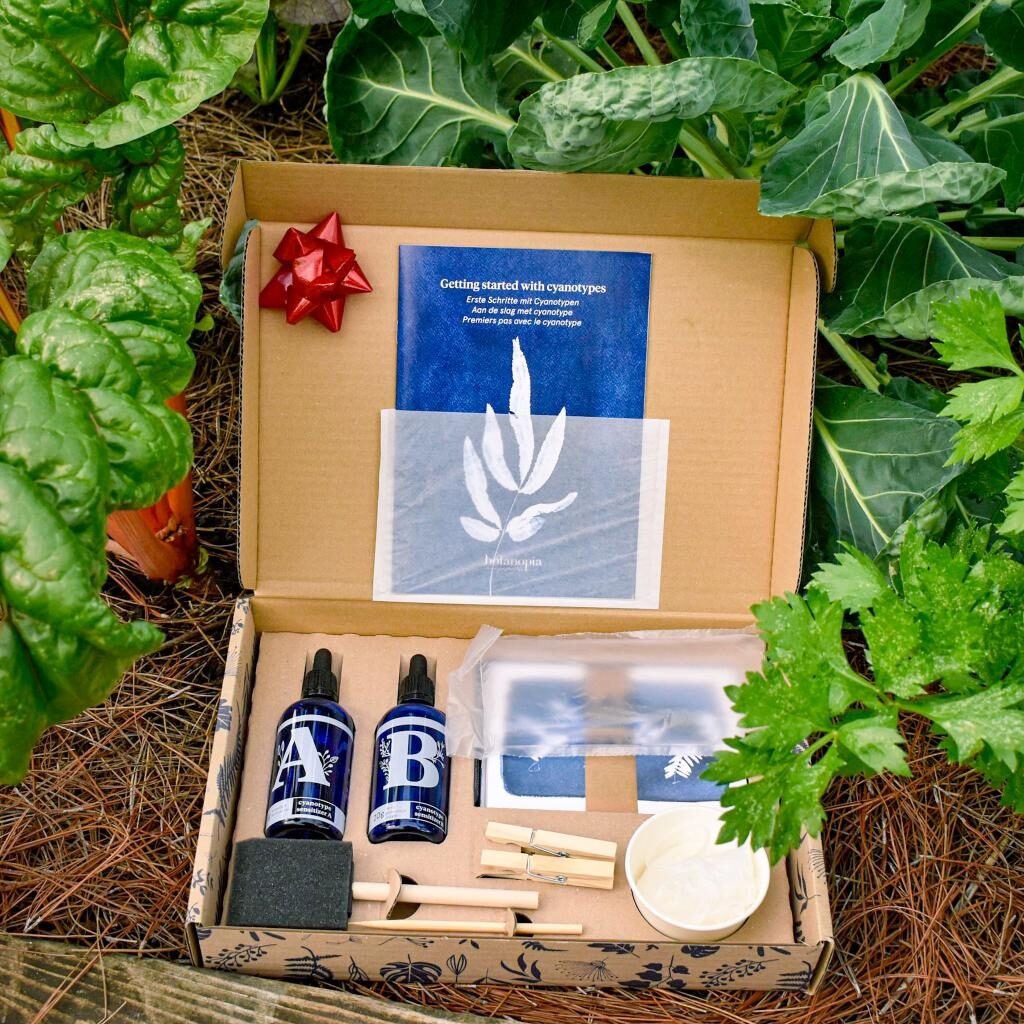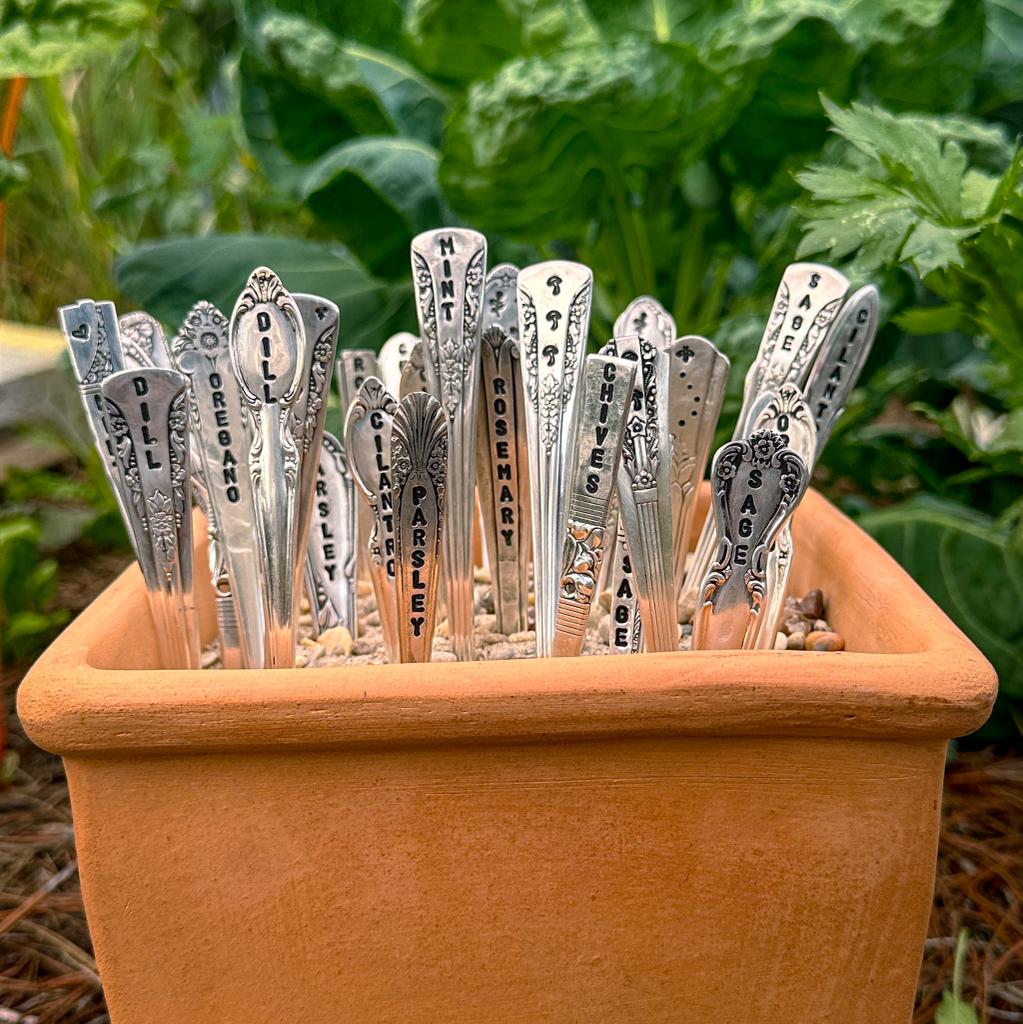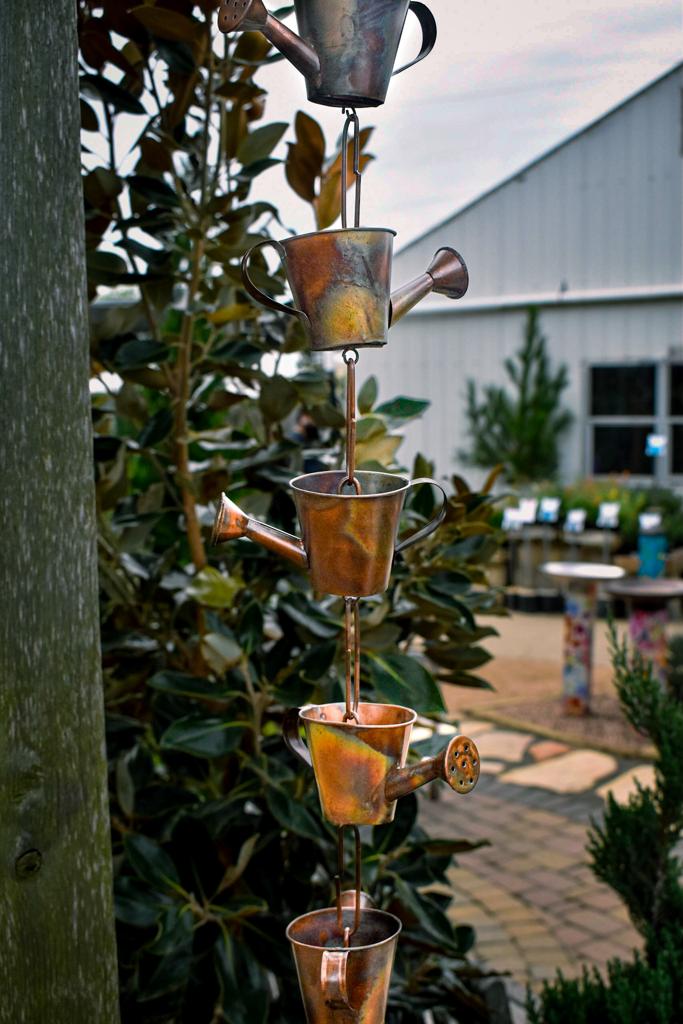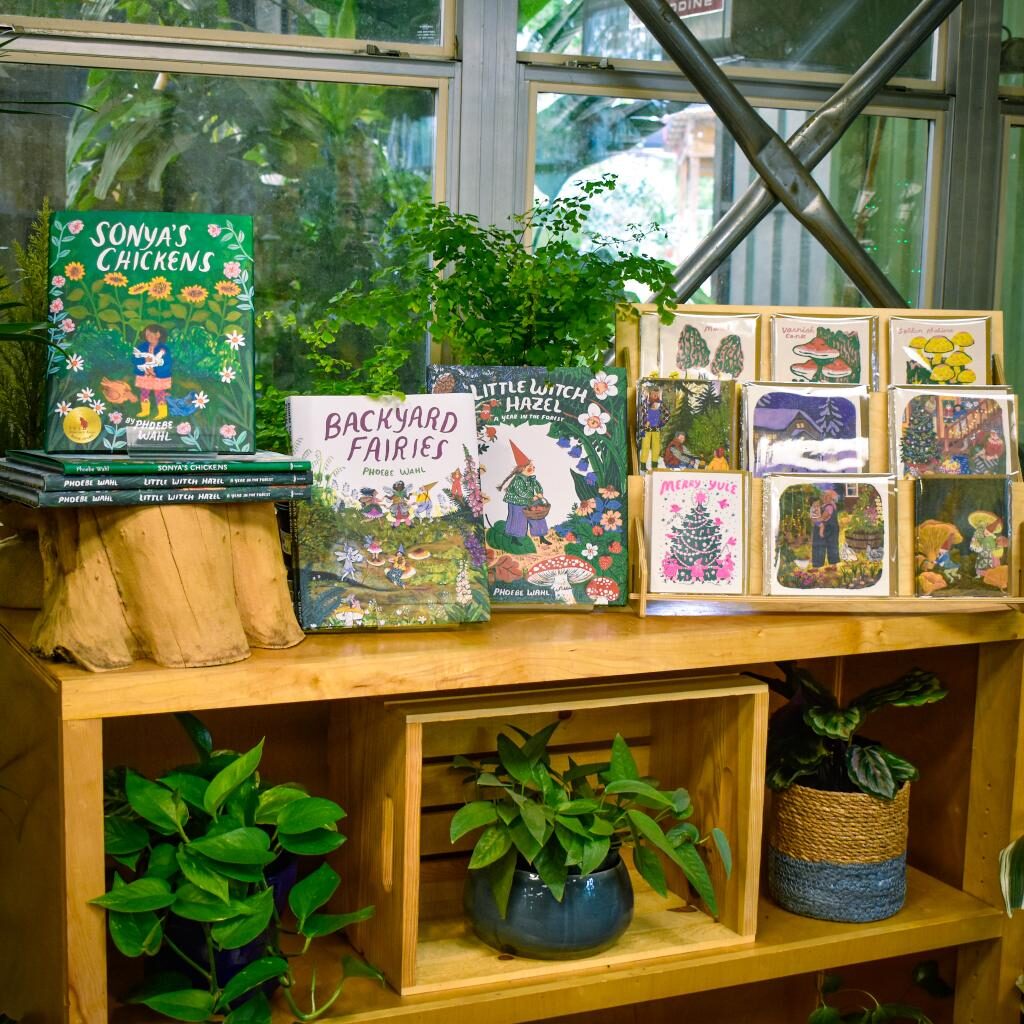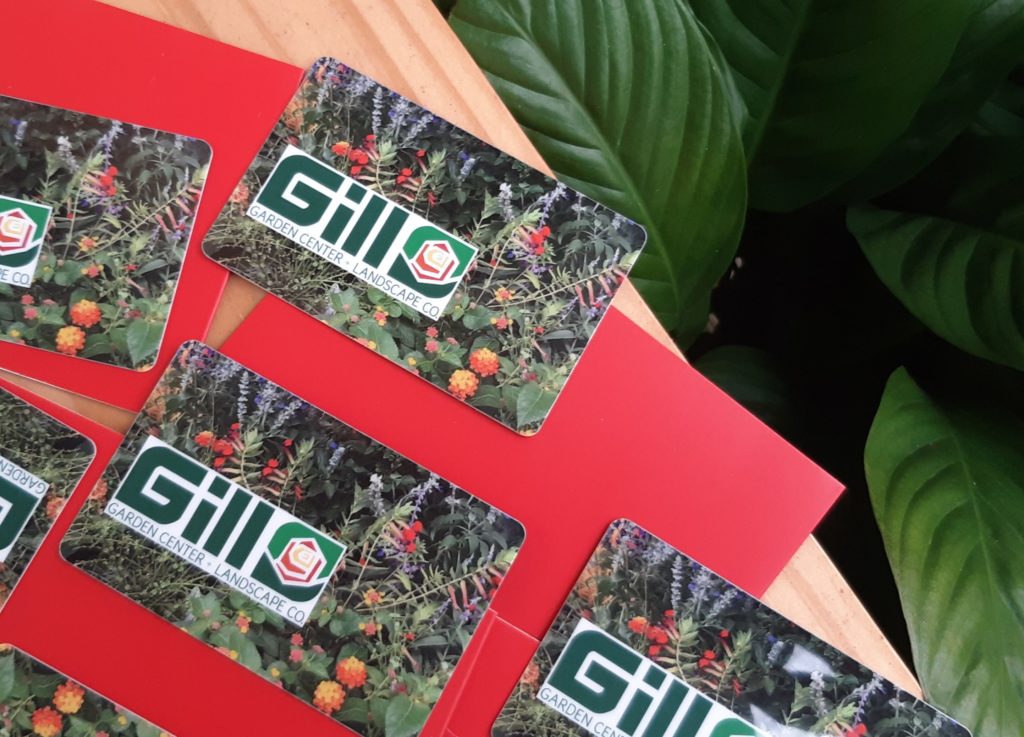In honor of Texas Native Plant Week, we’re celebrating at Gill’s with 20% off all Texas Natives up to 15gal! Our native section is stocked with native grasses, blooming perennials, shrubs, trees, and groundcovers. Speaking of, here are some ideas for replacing parts of your lawn with natives!
In 2009 the Texas Legislature designated the third week in October as Texas Native Plant Week to help raise awareness of the importance of planting natives. Great timing! This is typically when we feel the weather cool down and when many of our Texas native plants look stunning, and when there are more native varieties available for sale.
Why is planting natives so important? Not only are they better adapted to thrive in our area and require less water once established, native plants are a critical part of delicate local ecosystems. Birds, bees, butterflies, moths, bats, and other wildlife all depend on native plants. By planting natives in our gardens, however big or small, we help restore native habitat that has been altered or removed by humans over the years.
Does this mean I need to replace my entire landscape with native plants immediately? Not necessarily, although that’s doable and can look amazing! Another educational organization that advocates for biodiversity, Homegrown National Park, suggests that the goal ratio for homeowners should be about 70% native and 30% non-native. They have great educational resources for planting native, including their interactive map. When you plant natives, you can register to have your yard light up on the map and be a part of the “homegrown” national park!
Start small and consider replacing areas of your lawn with native plants! I wanted to share with you all a couple of lawn areas at my house that I’ve removed and replaced with natives. I had a semi-shady small lawn area (about 8’x8′) in front of a trellis wall that wasn’t doing anything but taking up space. So, in September 2022, the Gill’s crew dug out the grass, added a flagstone path, and planted the whole space with Texas Frogfruit (Phyla nodiflora var. incisa). It took some time to fill in, but now it’s thick and lush and TOUGH! It handled freezing temps during the winter and our long, dry summer just fine with very minimal hand watering. The 2nd photo shows it wild and blooming, but once the blooms are spent, I buzz it down with the mower.
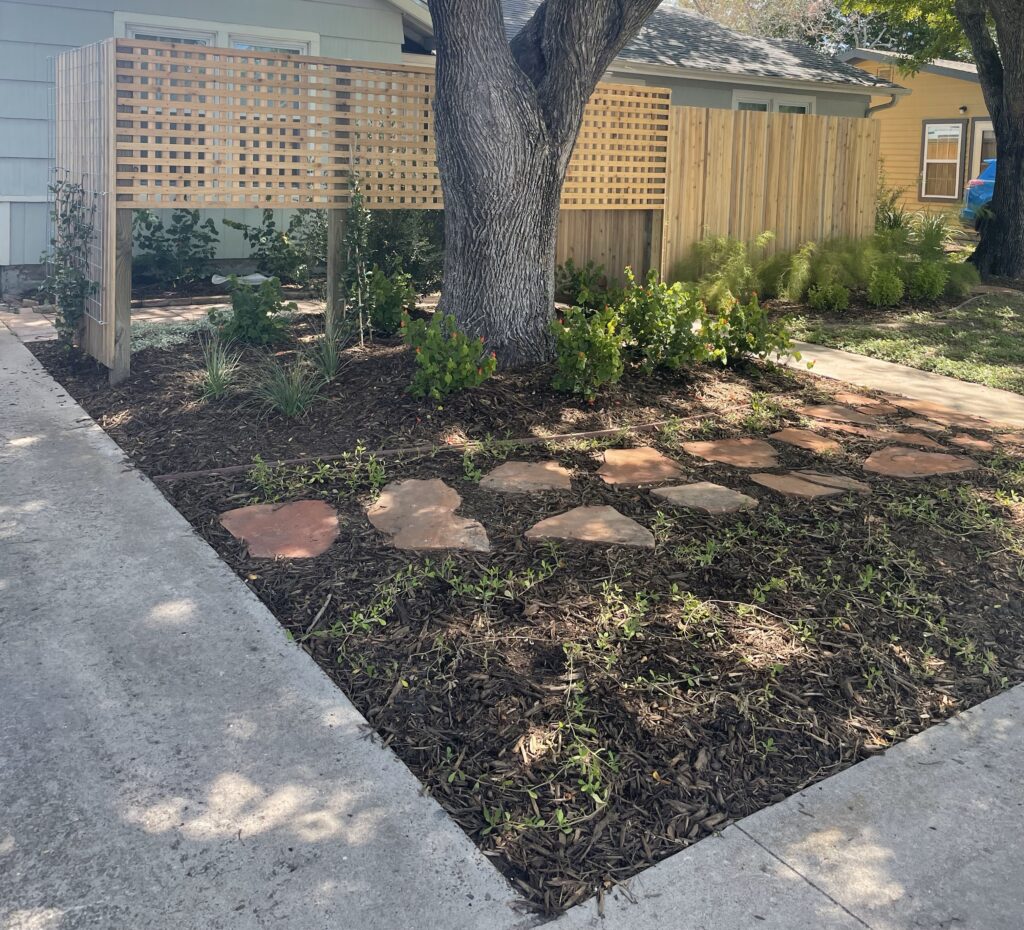
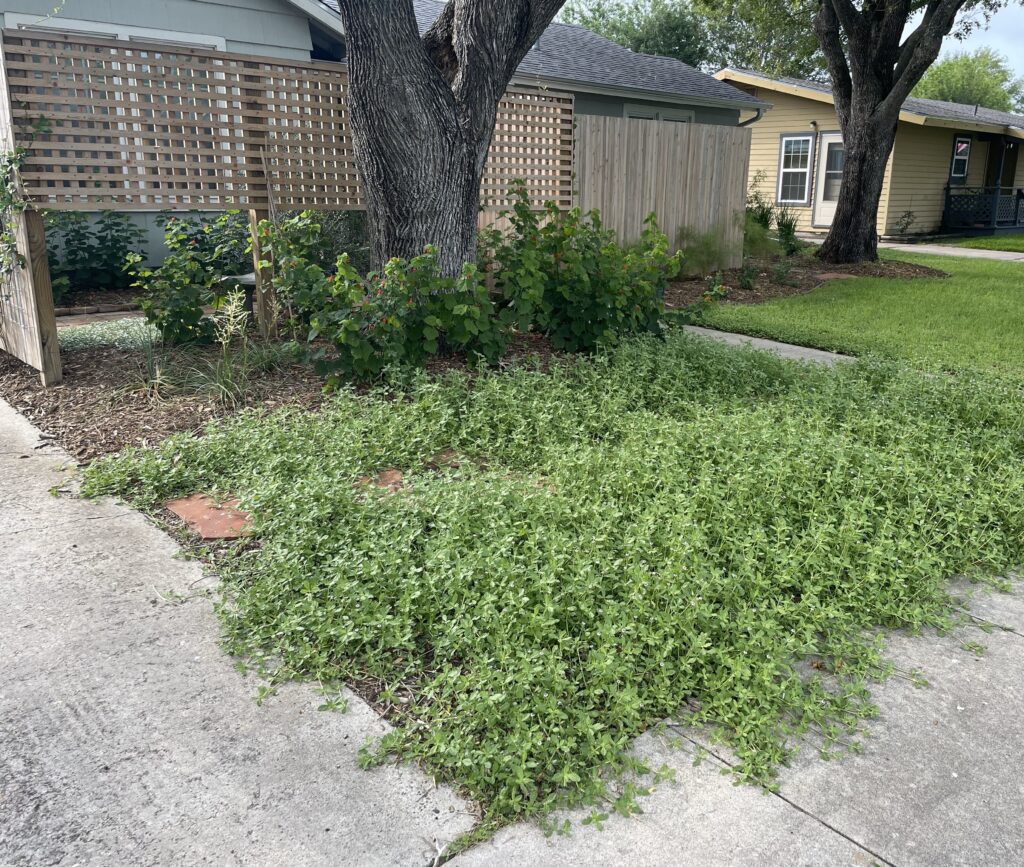
In September of this year, we tackled the boring 4’x40′ curb strip out front. Our Gill crew stripped out the grass (with a machine this time), amended the soil with compost, and planted 100 Salvia coccinea aka Tropical Sage. I chose this native salvia (there are many others) because it can handle partial shade/dappled light and because it reseeds easily. After a few weeks, it’s beginning to fill in and bloom and it will reseed and come back up year after year. I chose to plant only 1 variety in this area because I love the way a mass planting or big swath of 1 color/texture looks…and so do pollinators! Planting several of the same plants together makes them easier for pollinators to find.

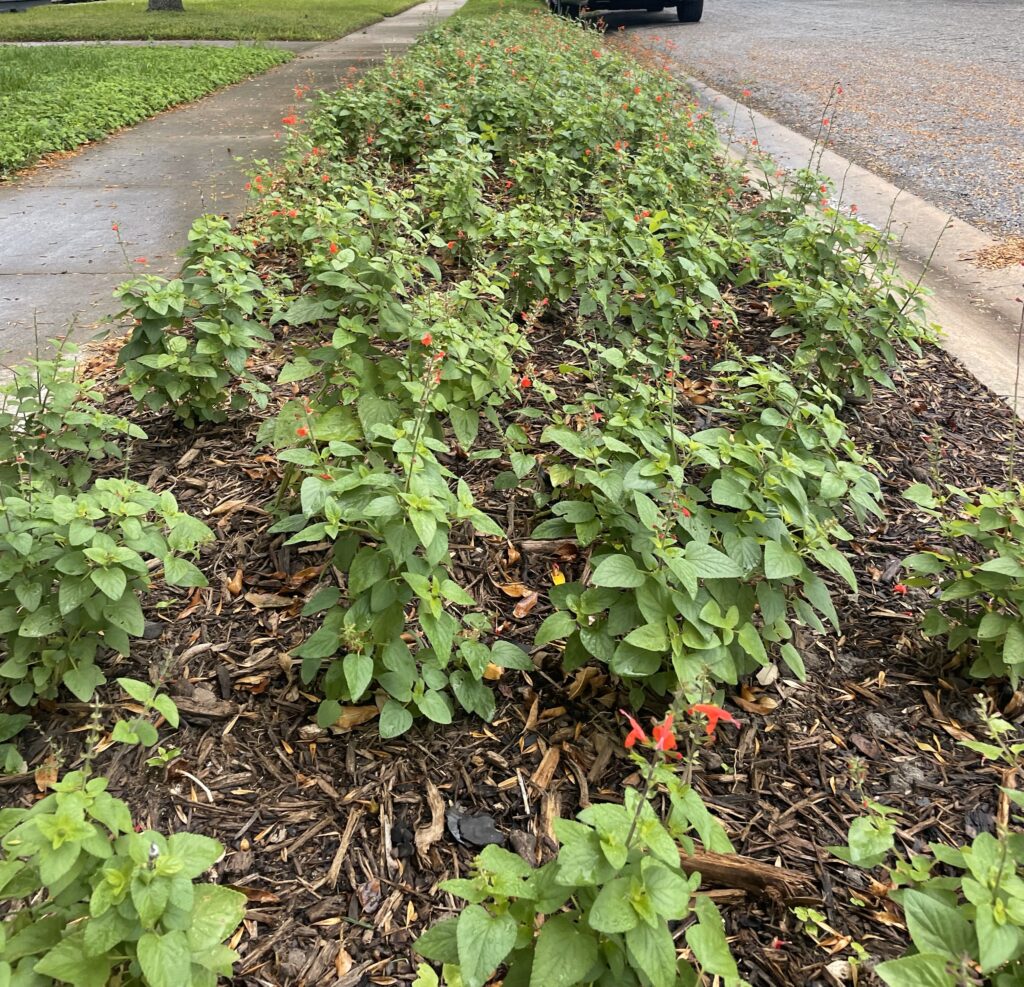
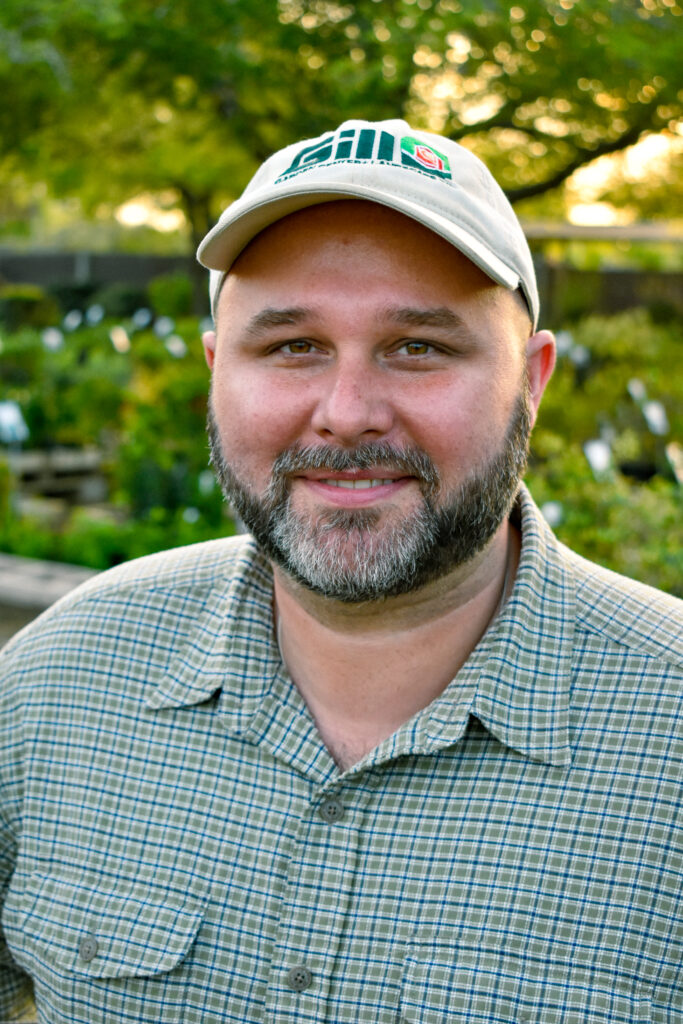
-Jesse
